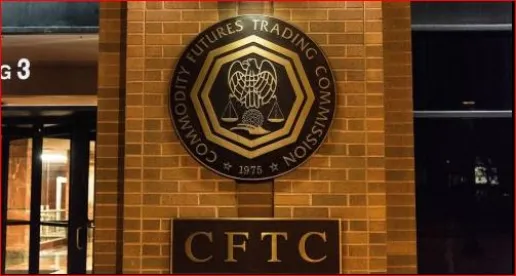On May 8, 2019, the Division of Enforcement (DOE) of the Commodity Futures Trading Commission (CFTC or Commission) released its first, publicly available Enforcement Manual (Manual). The Manual’s purpose is to set forth “general policies and procedures that guide the work of Division staff in detecting, investigating, and prosecuting violations” of the rules and regulations within the CFTC’s purview. In addition, the publication of the Manual is intended to “increase transparency, certainty, and consistency, and, more generally, to advance the rule-of-law principles that underpin all DOE and CFTC enforcement actions.”
The CFTC’s public release of the Manual puts it in step with the Securities and Exchange Commission (SEC), which first publicly released its own Enforcement Manual in 2008. Much like its SEC equivalent, the CFTC’s Manual reflects only the views of the DOE – not the CFTC or its individual commissioners – and does not “create any rights, substantive or procedural, enforceable by any party in any matter, civil or criminal.” Nevertheless, while the Manual is not binding on the Commission (nor will it likely provide many revelations to those familiar with defending CFTC investigations and enforcement actions), its issuance is an important development for companies or individuals who conduct business in the commodities markets or related markets regulated by the CFTC. Those entities and their counsel should review and familiarize themselves with the Manual, as it represents the first unified and publicly available overview from the DOE as to how it approaches its cases and investigations.
The Manual begins with a description of the origin and composition of the CFTC, including the DOE’s statutory authority and the types of prohibited conduct that may lead to enforcement actions. After providing this background, the Manual gives an overview of the Commission’s approach to pursing leads and conducting formal investigations. It outlines the various tools at the Commission’s disposal during its investigations, such as subpoenas, access to required records, customer surveys, and voluntary or compelled witness interviews. This portion of the Manual also details the Commission’s procedures as to “Wells Notices” and “White Papers,” which will certainly be of use to counsel when making formal submissions to the CFTC.
In addition, the Manual summarizes the avenues for enforcement available to the DOE if an investigation warrants further action (e.g., administrative actions, federal court proceedings, or statutory disqualification proceedings), and the DOE’s procedures for litigating and settling those actions. This section also provides guidance on the Commission’s potential use of receivers and civil sanctions to maximize recovery for injured customers.
The Manual devotes significant attention to the CFTC’s policies for self-reporting, cooperation, and remediation, as well as how the Commission may work together or share information with other enforcement bodies, both domestically and internationally. This section includes a brief summary of the Commission’s recently announced policy of presuming no monetary penalty when a non-registrant self-reports a violation of the Commodity Exchange Act that involves foreign corrupt practices, and fully cooperates with the investigation. Some of this section simply references and incorporates recent previous guidance issued by the Commission, but its unified presentation of the Commission’s overall approach to cooperation is a useful reference. The Manual further outlines the CFTC’s procedures for dealing with privileged, confidential, or private information, and how the CFTC upholds its ethical responsibilities, particularly as they apply to maintaining records, closing matters, and making public statements. The Manual concludes with an overview of the CFTC’s whistleblower program, and the protections and awards available to whistleblowers.
In sum, the Manual can be a useful reference for companies and their counsel when dealing with CFTC investigations and enforcement actions. The Manual’s public release is emblematic of the Commission’s pronounced focus on its role as an enforcer, not simply a regulator. Any institutions whose business concerns are subject to regulation or potential enforcement by the CFTC should review the Manual and consult with counsel as to how it may relate to their business and compliance policies.







 />i
/>i

